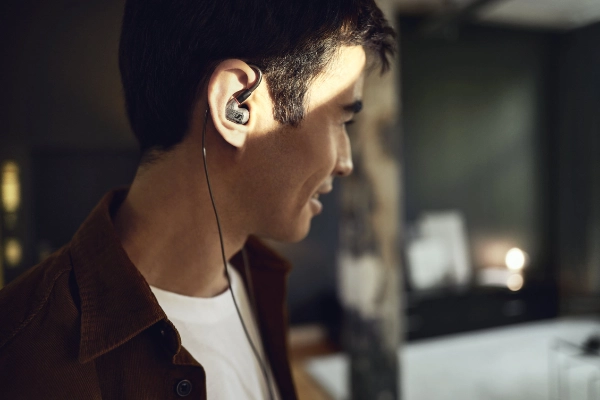Elasticity of Amorphous Alloys
Atomic disorder leads to unique elastic properties
Elasticity in amorphous metals is a key distinguishing feature that sets them apart from crystalline materials. Due to their unique disordered atomic structure, amorphous metals exhibit exceptional elastic properties, making them highly valuable for a wide range of applications.
One notable characteristic of amorphous metals is their ability to undergo substantial elastic elongation, exhibiting an impressive elastic strain of nearly 2 %. The high elastic limit enables them to deform and recover elastically over a wide range, allowing them to effectively absorb and release large amounts of energy.
The absence of grain boundaries and dislocation motion in amorphous metals result in a more uniform distribution of stress during deformation. This uniform response to applied stresses contributes to their ability to withstand mechanical load, making them particularly suitable for applications where reliability and predictability are critical.
The elasticity of amorphous metals is advantageous in various applications, including:
- medical implants, where it contributes to impact resistance and energy absorption,
- sensors due to increased sensitivity,
- flexure joints for resilience,
- structural components requiring vibration control,
- resilient components such as springs and flexible connectors, particularly in the context of miniaturization.


